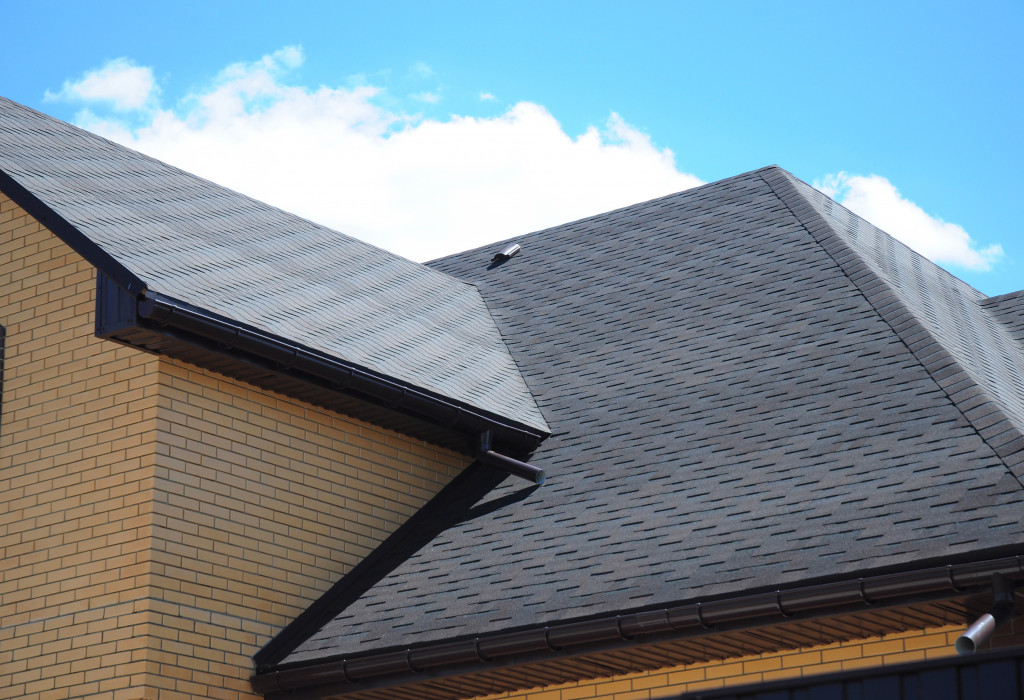The United States is known for having a variety of weather conditions. Since the country is known for having a vast landmass, many states will experience varying weather conditions. But in most cases, states that are close to coasts will experience hurricanes.
Naturally, many homes are designed to be sturdy, especially if designed for weather conditions in the area. While there are many sturdy homes in states that are no stranger to storms and hurricanes, many homes can be a cause for concern.
Let’s face it: nobody wants to live in a creaky home that’s vulnerable to strong winds, hurricanes, and devastating hail storms. Not only will this cause safety issues among inhabitants, but living in a home that’s built out of weak materials can be more costly in the long run. Sure, many of these materials might be cheap, but most of these materials are unreliable.
Fortunately, many construction material suppliers are becoming more aware of the need for better materials, especially when weather conditions are getting harsher as the years pass.
So what are some materials that you’ll need to consider to make your home more resistant to extreme weather conditions? How do you know if your materials are sturdy enough? Here’s what you need to know:
Focusing On Your Home’s Exteriors
Firstly, we’ll need to discuss one of the most vulnerable parts of your home since it’s unroofed: your home’s exteriors. Naturally, your garden won’t have the same protection as your home’s interiors, but that doesn’t mean that you should leave your home’s exteriors alone during a hurricane.
Fortunately, you can make necessary preparations that can help mitigate damage to your garden. For many weather conditions such as flooding, your yard can serve as a buffer zone to your home’s main structure.
What you’ll need to consider when protecting your home’s exteriors are your fences. In most situations, fences are made out of either wood or metal. But the problem with using wood or metal as a material is that it’s known for being vulnerable to water damage. If you expose wood to water for too long, this could lead to rotting, as well as the proliferation of molds and mildews that can chip away at the health of your fences. Metal surfaces are also susceptible to rust when exposed to water in the long run.
The good news here is that many companies are well-aware of the need for fences that can keep your home secure while also being versatile against weather conditions. You won’t have to look far since there is a company known for the best composite picket fencing that’s well-balanced for every type of weather. Being made of more than just one material means that it’s a great way of keeping your exteriors intact, even during harsh weather conditions.
Your Roof Is A Priority

Probably one of the most important parts of keeping your home in a pristine condition, even if there’s a hurricane, is focusing on your roofing. Your roof is the first line of defense against the forces of nature. Whether it’s strong winds, hailstorms, and heavy blizzards, roofs can deflect debris, hold down your home against high winds, and retain a stable temperature.
If you’re looking for the proper roofing materials, you’ll need to ensure that they are impact-resistant. Many types of roofing are vulnerable to hailstorms and impacts from debris.
But the standards that you’ll need to keep in mind are ultimately determined by the weather conditions in your area. Do you want impact resistance? You might want to look for UL 2218 ratings.
For higher wind resistance, you might want to look for ASTM D3161 roofings.
Give Your Entrances Proper Attention
Last but not least, one of the most important parts of your home is your entrance. When you’re already sure that your roofing’s build quality can withstand strong storms, you can start looking into better windows and doors.
Contrary to what most people think, it would be best if you didn’t leave your windows and doors open when there are strong winds. Not only will this lead to damage to your furniture, but this can cause a mild up air pressure, which can compromise your home’s structure. If you’re living close to areas that might have hurricanes and strong winds, you’ll need to get yourself impact-resistant windows and doors that are not so easily budged.
Not quite sure what you should be looking for? Here are some certifications that you can look for in windows and doors:
- Miami-Dade Protocols PA 201, 202, and 203
- ASTM 1996
- SBCCI SSTD 12-97
There are actually a lot of sturdy construction materials in the market. When you’re choosing the right materials, you’ll need to know the weather conditions in your area and whether the construction material has undergone various testing phases.
It’s also important to note that certain construction materials will fair well in certain extreme weather conditions but are vulnerable to other conditions. For instance, tile roofing is extremely resistant to winds of up to 100 miles per hour but is still vulnerable to impacts from hail. That said, you’ll need to take a step back and do some research right before you make any final decisions.







